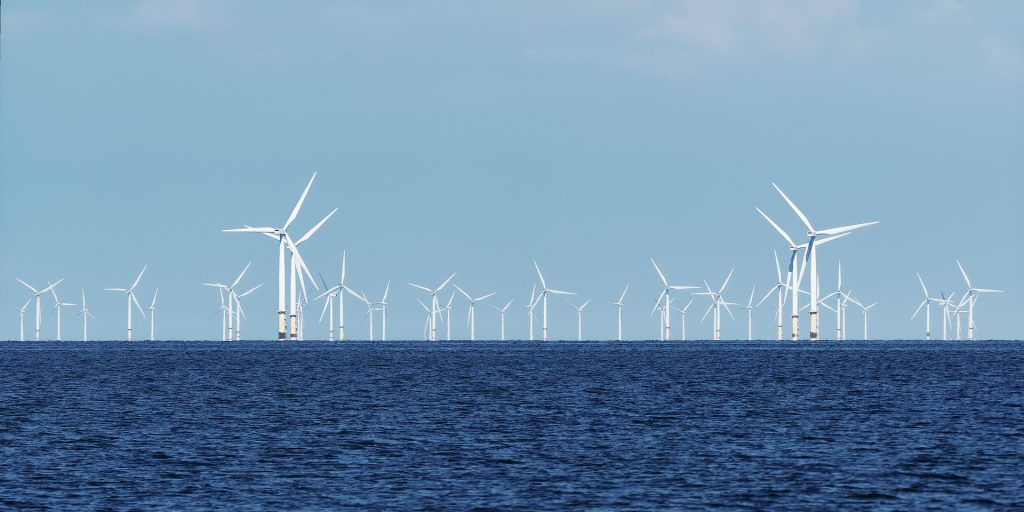BP Plc, also known as British Petroleum, is rapidly expanding its presence in the renewable energy space. It wishes to exploit the early mover advantage in the net-zero carbon policies race that is taking off in full swing.
Bernard Looney, the CEO of BP, released a layout 36 months ago for its transition from non-renewables to clean energy sources. This plan outsmarted every other competitor in the industry depicting how aggressively Looney is playing.
But, last month, he pulled some strings to halt the move. He aimed to curb its capital expenditure on cleaner energy sources amidst the energy crisis due to the Russia-Ukraine conflict. He even decelerated its planned cuts in oil and gas production.
Anja-Isabel Dotzenrath, BP’s green chief, told a news outlet that the oil major will reassess its clean energy businesses. BP is planning not to sell the clean electricity it’s producing but instead hoarding it to supply it to its expanding electric vehicle charging network and to produce low-carbon fuels like propane, biomass, etc.
Dotzenrath revealed some figures of BP’s revamping process amidst worsening net profits from the clean energy power production division. She told Reuters that the company plans to hold on to 80 percent of the generated power to supply the future to its EV charging network and produce greener fuels.
She further added that BP would move forward with the construction of some projects under its long-term contracts of conventional power supply. She didn’t mention any timeframe for the transition showcasing the major dependence of BP’s renewable energy production on the power transmitted by power grids.
Deal with Equinor
Few sources knowing the matter told Reuters that the company’s transition plans had shifted the management’s attention to the flagship US offshore wind farm joint venture with Norway’s Equinor.
In recent weeks, Dotzenrath and other BP executives have had multiple meetings with people from Equinor in London. The main agenda of BP has been to gain more influence in the venture, said two BP and three Equinor sources, who wished to remain anonymous.
It is to be noticed that BP is very aggressively deploying its workforce to work out the Norway-based joint venture. Sources from Equinor revealed that out of a total of 270 people, more than 20 people had been assigned to work on this project.
Dotzenrath commented that these are one-of-a-kind, very complex mega projects that will require BP’s assistance to Equinor in delivering these projects. She also said that they are happy with the progress in developing the joint venture project.
Reality Check
In 2020, when BP made this deal to put in $1.1 billion for a 50 percent stake in this offshore wind venture, it was evident that it was relying on Equinor’s expertise as it had more than a decade’s experience in this sector.
But in two years, BP has ditched its style of nurturing leaders in-house by massively hiring skilled workforce from firms operating in the renewables space. This method is widely known as poaching as well. It onboarded senior officials like Dotzenrath, the CEO of RWE Renewables in Germany and a chief for offshore wind management from Orsted.
It came as an utter surprise to all the stakeholders when BP decided not to participate alongside Equinor in the auction of a floating wind project off the coast of California. Floating offshore wind is an expensive new-age budding technology compared to fixed turbines.
Conflict of Numbers
BP’s prediction of its average core earnings for 2030 from oil and gas increased by $10 billion up to $42.5 billion over the last year and $1.5 billion to $11 billion from its energy transition businesses.
It is eyeing an ROI of 15 percent on bioenergies like biogas combined with EV charging retail outlets. Under the current business models, returns from renewables are somewhat slower at a rate of 8 percent, and there are some outliers, like Hydrogen bringing in 15 percent.
